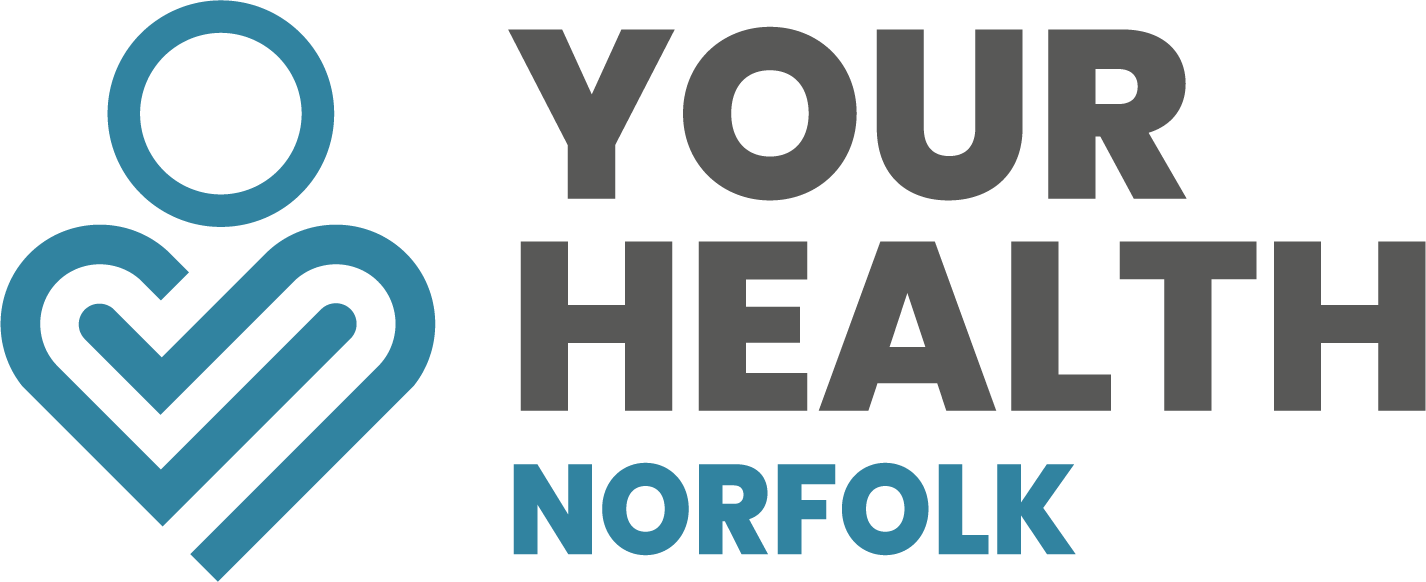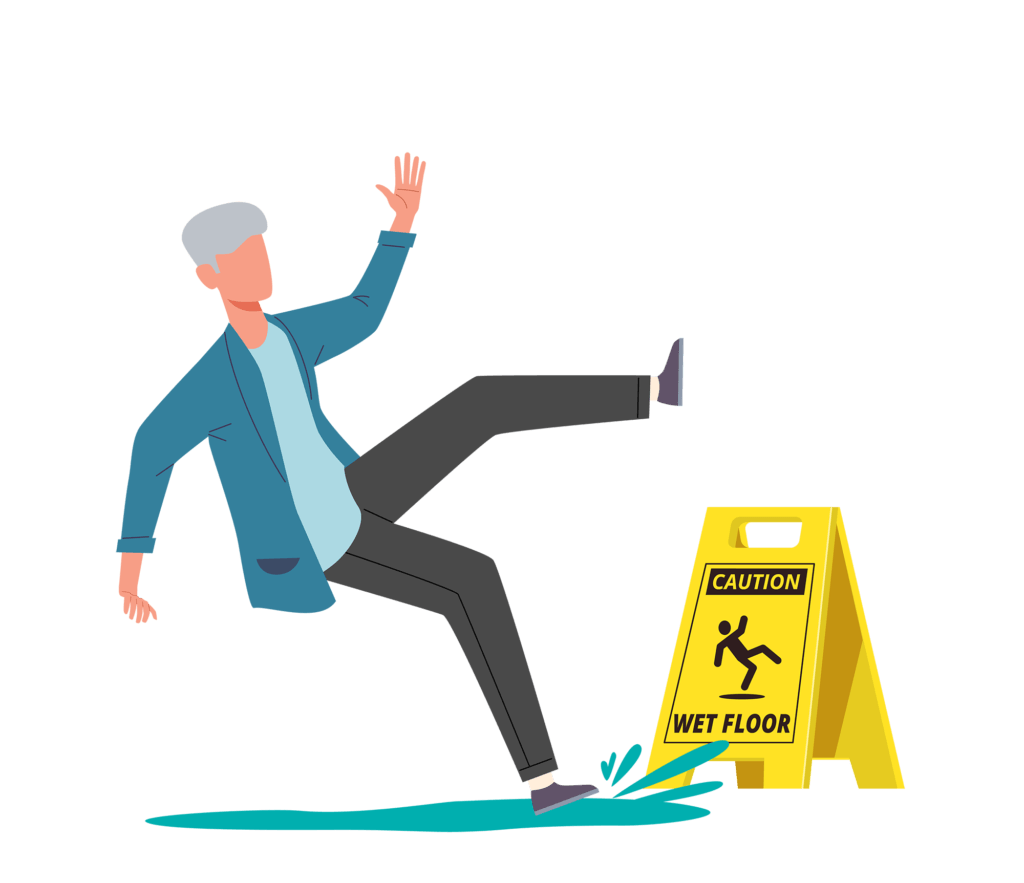FALLS PREVENTION
Risk Factors of Falls
A fall is considered an unexpected event in which the person results on the floor, ground, or lower level. There are many risk factors for falls, which is why we have provided some advice and warning signs to help prevent them.
Medical Conditions
Medical conditions including neurological, cardiac, or other disabling conditions could increase your risk of a fall.
Physiological Changes
Changes such as poor eyesight, reduced mobility, loss of muscle strength, and declining balance could potentially result in a fall.
Enviromenatal Hazards
Medical conditions including neurological, cardiac, or other disabling conditions could increase your risk of a fall.
Life Style Factors
Certain factors such as excessive alcohol use, substance misuse, physical inactivity, and loss of balance, particularly amongst older people, can increase your risk of falls.
Social Economic Factors
Poverty and overcrowding housing, sole parenthood, young maternal age, and living in an institution, such as a nursing home or chronic care facility, are other potential factors that can increase your probability of falling.
All Older Adults May Be At a Risk Of Falling, But Especially If They Have One Or More Of The Following:
Have had an unexplained trip or fall in the last 6 months.
Have poor balance – need to use a stick or hold onto objects to keep their balance
Have difficulty with walking or getting up from a knee-high chair
Are taking 4 or more prescribed medications regularly
Have dizzy spells, light-headedness, palpitations, or low blood pressure
Are becoming unsteady on their feet, or unable to do as much for themselves as they used to
Have a visual impairment
Have a fear of falling
Are affected by stroke, Parkinson's disease, or dementia
Some Facts About Falls
Falls Cost
Falls alone cost the NHS over £2.3 billion per year. This cost continues to rise.
What is FaME?
Falls Management Exercise (FaME) is an exercise intervention group consisting of progressive resistance, gait, balance, functional activity, floor work, endurance, and flexibility training.
Risk Of Falls
Risk of falls and recurrent falls is 35-40% lower in those reporting 30+ minutes of moderate intensity physical activity per day compared to those doing less.
Six Steps To Prevent Falls
Take a look through our checklist to help minimise your risk of falls.
Step 1:
Remove hazards from your home to make it fall proof.
Step 2:
Wear comfortable shoes with good support. Typically, shoes with broad heels and non-slip soles are recommended.
Step 3:
Keep your glasses in good shape and attend regular eye tests to reduce your risk of dealing with blurry vision, which could result in a fall.
Step 4:
Attend regular medication reviews. Be sure to talk to your doctor if you feel dizzy, and ask about if your medications could be what is making you feel dizzy.
Step 5:
Be sure to maintain a healthy diet that includes fresh fruit, vegetables, and calcium-rich foods.
Step 6:
Complete regular weight bearing exercise to improve your balance and muscle strength over time.








